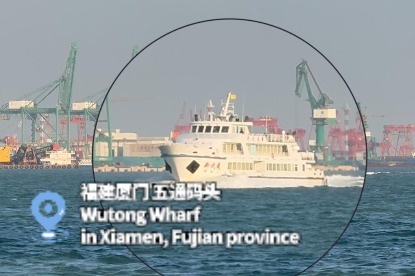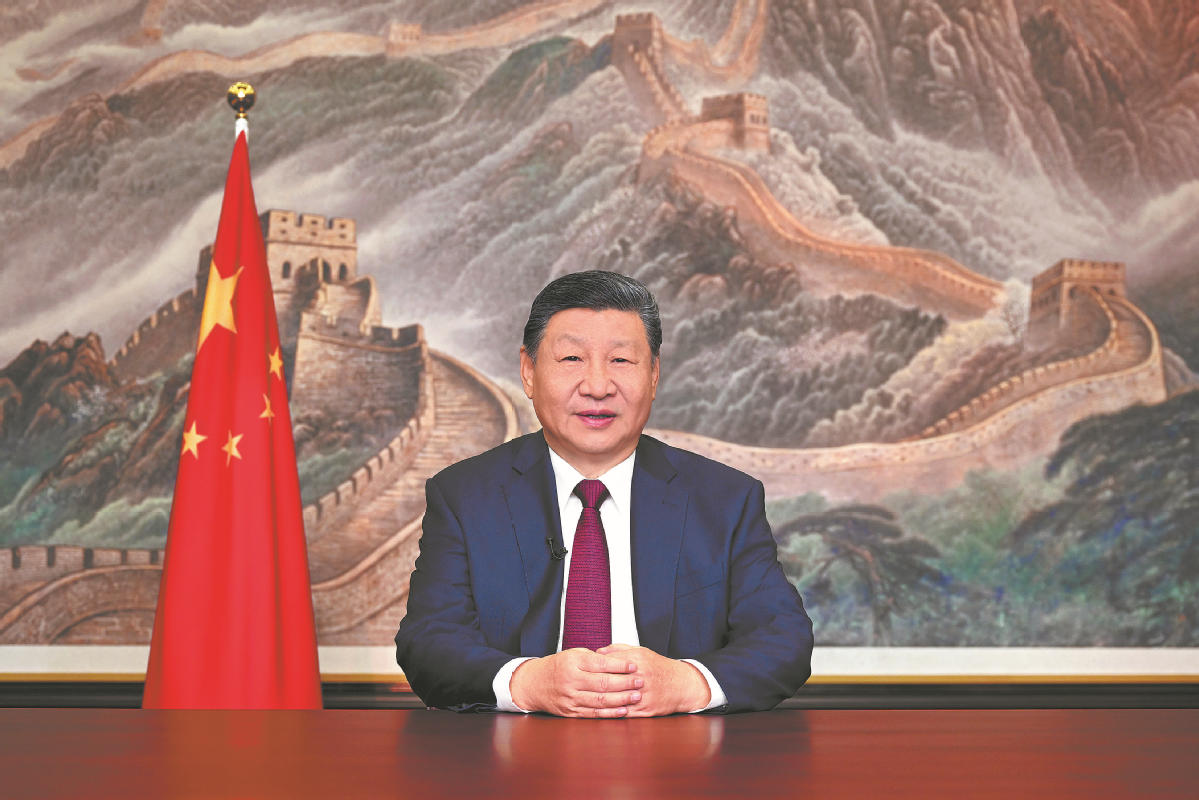Belt and Road cooperation: A smart 'de-risking' option for Europe
By Ambassador Fu Cong | chinadaily.com.cn | Updated: 2024-03-13 09:19
Global trade is increasingly vulnerable to changes in the geopolitical environment. While the Ukraine crisis and the Palestinian-Israeli conflict continue unabated, a shipping crisis which appeared in the Red Sea is causing serious disruptions to global supply chains.
"Impassable gateway": multiple challenges facing China-EU trade
As the Red Sea is a key passageway for China-EU maritime trade, the two sides bear the brunt of the deteriorating security dynamics in the region. Previously, 60% of China's exports to Europe relied on this pathway. Since the regional situation became volatile, however, 90% of the container ships from China were forced to reroute via the Cape of Good Hope, resulting in a minimum increase of 12 days of shipping time. Such a diversion has dramatically increased freight costs. For example, the cost of a shipping container from Yiwu, a city in eastern China, to Europe has more than doubled from last December. In addition, the disruption has also caused more uncertainties to Europe's already vulnerable supply chains. Multinationals including Tesla, Volvo, IKEA and H&M are struggling with the negative impacts on their production and sales.
"Steel Camel Fleet": a flagship project amid the crisis
Despite the complex and turbulent geopolitical situation, especially since the outbreak of the Red Sea crisis, the China-Europe Railway Express, a flagship project of China-EU Belt and Road cooperation, has stood out as a land-based alternative that provides rapid, stable, and reliable solutions to the massive flow of goods between the both sides. Over the past decade, the freight train has made 85,000 trips, connecting China to more than 100 cities in 11 Asian countries and over 200 cities in 25 European countries. It offers an alternative for Chinese and European businesses. With the decline of freight volume in the Red Sea, this land route has bucked the trend to see strong growth. Inquiries made to the Railway Express have almost doubled. And most container service providers predict that railway transportation will grow dramatically in the years ahead. It is fair to say that the China-Europe Railway Express has become a lifeline for China-EU trade at this critical moment. Additionally, the trans-Caspian international transportation corridor, which is another element to the Belt and Road Initiative (BRI), is also showing impressive performance. It has experienced a surge in freight volume in the context of the Ukraine crisis and growing tensions in the Red Sea, providing strong underpinning for the steady supply of key minerals and energy for Europe.
The Belt and Road Initiative: China's proposal for geopolitical de-risking
Contrary to recent claims by some Western media that the Red Sea crisis is fundamentally detrimental to the BRI's goal of Asia-Europe connectivity, the China-Europe Railway Express has proved its unique role and shown that Belt and Road cooperation is both necessary and forward-looking. As American magazine Foreign Policy noted, "There is precisely one pathway for a world plagued by dire mistrust and unpredictable crises to take meaningful collective action in the global public interest—and that is to build more pathways for supply to meet demand." That is to say, we need more belts and more roads. It is good to see that thanks to Belt and Road cooperation, more countries have come to realize the importance of pathways, and are joining the efforts to build more belts and roads.
Guided by the Silk Road spirit of peace and cooperation, openness and inclusiveness, mutual learning and mutual benefit, China is taking Belt and Road cooperation to a new stage of high-quality development. At the 3rd Belt and Road Forum for International Cooperation, President Xi Jinping announced that China will speed up high-quality development of the China-Europe Railway Express, participate in the trans-Caspian international transportation corridor, make joint efforts to build a new logistics corridor across the Eurasian continent linked by direct railway and road transportation, and accelerate the building of the New International Land-Sea Trade Corridor and the Air Silk Road. From camel caravans to vessels and aircrafts, the BRI is forming a global network of connectivity that benefits all, and offering strong support and more options for the development of various countries. China is ready to join all nations including those in Europe with open arms to make our bond of interests closer, explore more roads to prosperity, and build more networks for cooperation. This will help bring more stability and positive energy into this changing and turbulent world and contribute to the vision of a community with a shared future for mankind.
The author is head of the Chinese Mission to the European Union
























